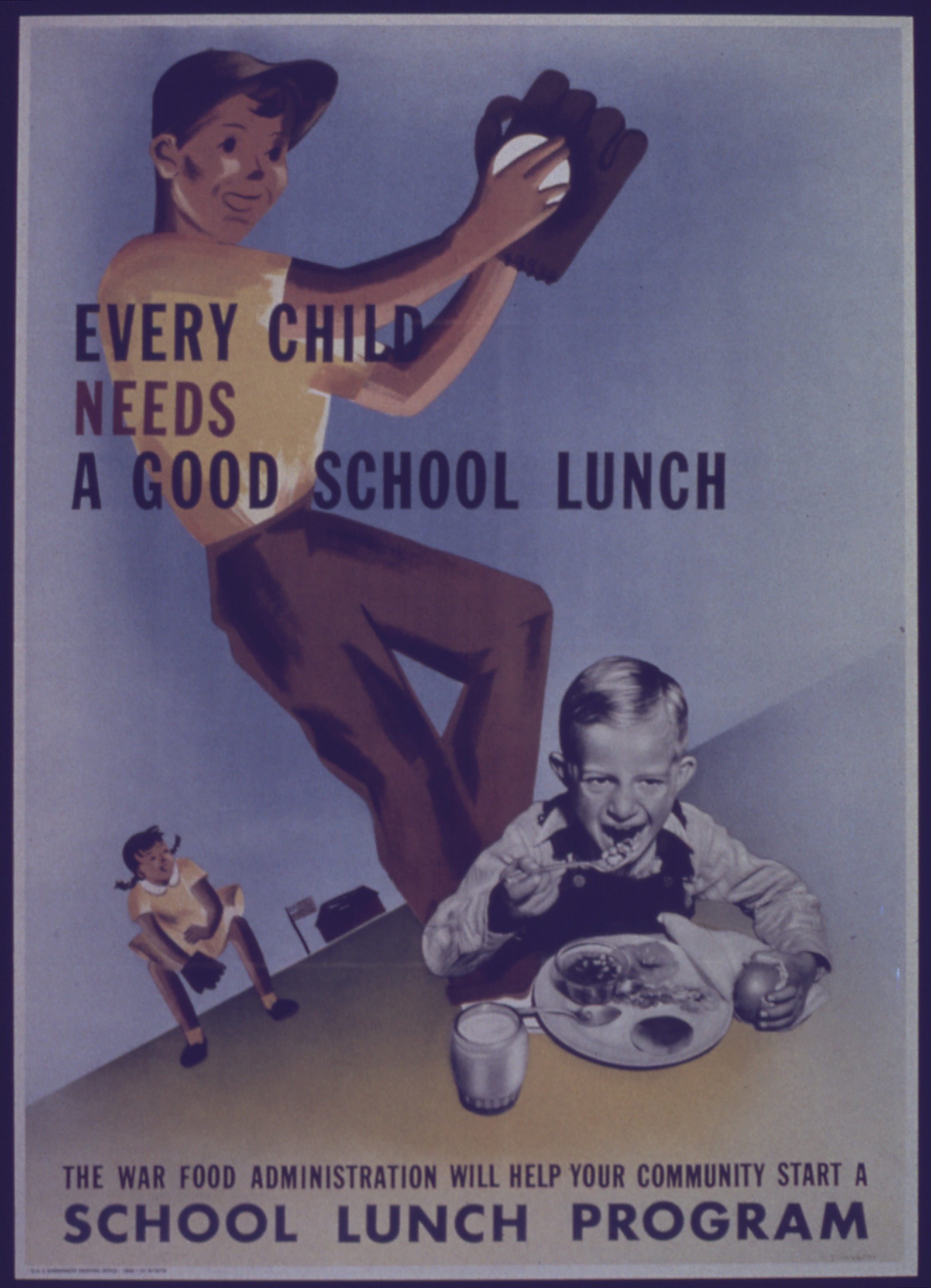Greetings from Zagreb, Croatia! It is a beautiful, chilly day here, which is why I’m snuggled up in my room with a cup of tea and my computer.
[St. Mark's Cathedral, a beautiful and patriotic church in Zagreb.]
The topic I will be discussing today, evaluation, is highly regarded and frequently used in Finland’s and Sweden’s programs. However, since I was in Finland first, I will mainly frame this discussion around the Finnish (and American) programs.
[I love this video. I like that they think of providing healthy meals is a “secret weapon” - because, really, nutrition and satiety have an incredible impact on a child’s ability to learn.]
What is program evaluation?
Though I am sure many of you know what evaluation is, I want to define the term before moving forward. Program evaluation can be defined as “the systematic collection of information about the activities, characteristics, and outcomes of programs to make judgments about the program, improve program effectiveness, and/or inform decisions about future program development.” Evaluation is used to gauge and improve a program. But It is important to note that effective program evaluation incorporates assessments beyond the outcomes alone. While the product or result of the program is incredibly important, it is not the only facet of a program that can/should be evaluated.
When thinking about national school lunch programs, there are dozens of factors to evaluate:
- Nutrition
- Cost efficiency
- Food waste
- Consumer/customer approval (I.e. by sticking a plate of spinach and fish vs. french fries and chicken nuggets in front of a student, you learn what consumer approval looks like pretty quick)
- Food sourcing
- Labor efficiency
- And the list goes on!
Evaluation: essential for NSLP and social welfare programs at large
Evaluation is important for the NSLP simply because the program is underfunded. This makes evaluation a necessity for cutting costs and staying within an already-insufficient budget. This was mentioned in an earlier post, but nutrition regulations were recently passed by Congress without increasing the amount of funding needed to enact these changes; in other words, Congress wants salad bars and healthier meals, but did not pass the bill needed to fund these changes … which places the national school lunch program in a major pickle. No pun intended.
[This movie outlines the current state of the US NSLP: optimistically healthy, horribly under-funded.]
This phenomenon has occurred throughout history, and in almost every social welfare program. From the 1960s-1990s, the NSLP was so underfunded that charities were funding significant portions of the program’s budget. In terms of other welfare programs,there has never been enough government-sponsored and subsidized housing. Food stamps and WIC are not adequately providing enough money per individual child and mother. In the social welfare world, program evaluation is necessary for a program’s survival. Evaluation can highlight unnecessary costs, allowing its beneficiaries to receive more substantial assistance. It also better protects the program from losing additional funding; if a program is consistently evaluating/improving itself and trying to stretch its budget further, this increases its legitimacy and likelihood of receiving funding.
[Finland keeps track of its students favorite meals, so it does not waste money in creating unsavory meals that the children will not like. Also, I love their phrase "seasoned with a dash of the exotic. Hahaha. It's perfect!]
But wait, it gets cooler.
The reason why I especially love Finnish and Swedish evaluation measures is that these countries evaluate unexpected variables that result in positive impacts on the kids. For example, over the last 10 years, Finland has evaluated the gender differences in school lunch.
Huh?
I am not sure how they measured this, but they have documented what portions of the meal girls vs. boys are more likely to eat. And, unsurprisingly, male students ate all of the protein and carbohydrates, leaving some of the salad/veggie option. In contrast, female students ate more salad and less protein.
These same researchers also looked into how (and if) food consumption differs among different income groups. I’ll be posting about this soon, but researchers found that children from lower SES backgrounds tend to eat less of the school lunches than students from higher SES backgrounds. More on that in the future though ;)
These unconventional measures provide beneficial information beyond the NSLP’s improvement. For example, if evaluation shows that there are significant differences in the foods that males and females eat, this could prompt additional services needed (i.e. more educational resources to increase the veggie intake for males; perhaps counseling services for females who are eating a sufficient amount of calories, etc.). In other words, Scandinavian evaluation measures serve as a gateway to program improvement as well as other relevant services to help its students.
How does the US program compare? More on that, next time!
[I took the plunge and went hang-gliding in the Alps. It was amazing.]






No comments:
Post a Comment